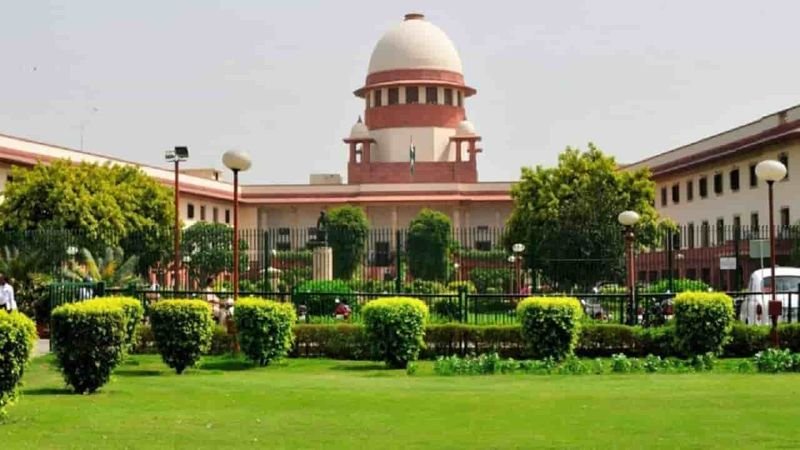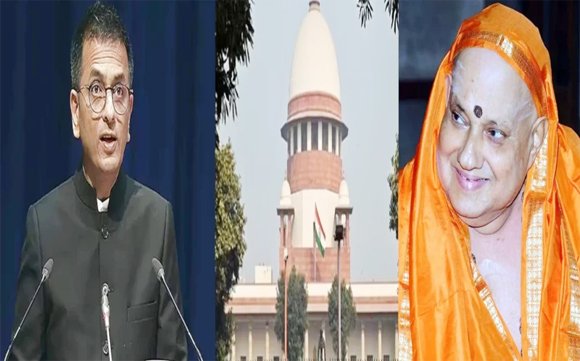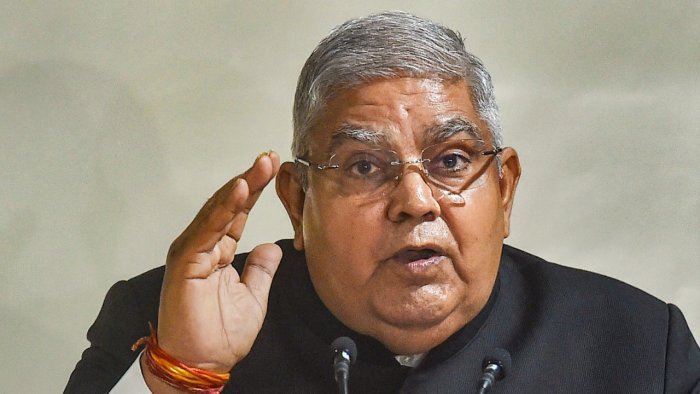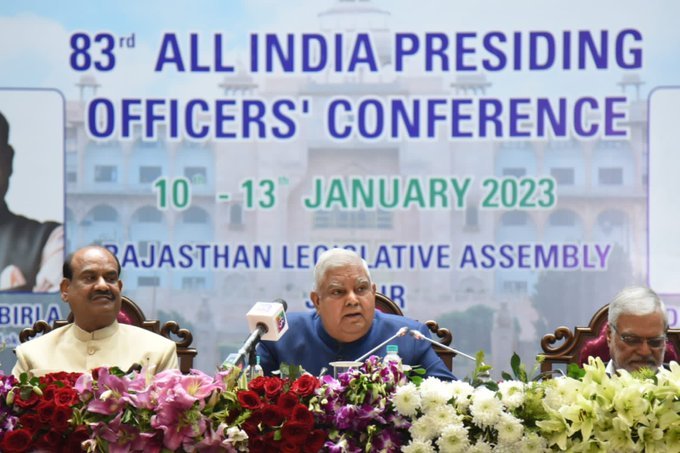NEW DELHI, April 24 (PTI): The historically acclaimed 1973 Kesavananda Bharati judgment on the “basic structure” doctrine, which clipped the widest power of Parliament to amend the Constitution and simultaneously gave the judiciary the authority to review any amendment, came into the limelight once again on its 50th anniversary.
The Supreme Court on Monday dedicated to people, including researchers, a web page containing details of the arguments, written submissions and the distinguished judgment to mark the anniversary of the verdict, which was delivered on April 24, 1973 by an unprecedented 13-judge bench of the top court by a 7:6 majority to restrict the Parliament’s power to amend every bit of the Constitution.
The sharply-divided verdict, which later found many supporters in eminent jurists, had held that though Parliament had the power to amend the Constitution under Article 368, it did not have the power to “emasculate” its basic features.
The judgment said every provision of the Constitution could be amended but they would be subject to a judicial review to ascertain that the basic foundation and structure of the Constitution remained the same.
Recently, the verdict, which is often referred to in judicial proceedings, has been back in public discourses after vice president Jagdeep Dhankhar, himself a lawyer, questioned it saying it had set a bad precedent.
If any authority questions the Parliament’s power to amend the Constitution, it would be difficult to say “we are a democratic nation”, Dhankhar said.
Besides a vehement opposition by political parties to Dhankhar’s statement, CJI Chandrachud also shared his view on the matter, saying the basic structure doctrine is a “North Star” that guides and gives certain directions to the interpreters and implementers of the Constitution when the path ahead is convoluted.
Delivering the Nani A Palkhivala Memorial lecture, the CJI said the craftsmanship of a judge lies in interpreting the text of the Constitution with the changing times, while keeping its soul intact.
“The basic structure of our Constitution, like the North Star, guides and gives certain directions to the interpreters and implementers of the Constitution when the path ahead is convoluted,” he said.
“The basic structure or the philosophy of our Constitution is premised on the supremacy of the Constitution, the rule of law, separation of powers, judicial review, secularism, federalism, freedom and the dignity of the individual and the unity and integrity of the nation,” Justice Chandrachud said.
The path-breaking verdict was delivered in 1973 while deciding a case of Kerala seer Kesavananda Bharati, the petitioner who died in the southern state in 2020. In 1970, Bharati, the hereditary head of the Edneer Hindu “Matha” in Kerala’s Kasaragod district, moved the top court challenging two land reform Acts of the state government meant to restrict the management of religious properties.
The case had a number of firsts to its credit. It was heard by the largest bench ever of 13 judges for a maximum number of days (68) till date and the verdict ran into 703 pages. The arguments commenced on October 31, 1972 and ended on March 23, 1973.
However, the most important takeaway of the historic judgment was that the principle that Parliament has all the power under the sun to amend every bit of the Constitution was shattered by a wafer-thin majority of 7:6.
The 13-judge bench of the apex court was headed by Chief Justice S M Sikri, with Justice H R Khanna leading from the front.
Justice Khanna used the term “basic structure” in his judgment and said the judiciary has the power to review and strike down constitutional amendments and Acts that are not in conformity with the doctrine.
The top court had given the broad outline as to what would constitute the basic structure of the Constitution and said the concept of secularism and democracy would be its part. It had also left the issue wide open for future benches to decide as to what will form part of the doctrine.
Bharti, whose case was argued by eminent jurist Nani Palkhivala, had challenged the validity of the Kerala Land Reforms (Amendment) Acts of 1969 and 1971.
The two laws were put in the ninth schedule of the Constitution to keep those beyond the judicial review power of courts.
However, later it became a case where the width and scope of Parliament to amend the Constitution under Article 368 was discussed and decided for all times to come.
The 13-judge bench had delivered 11 separate judgments, in which the judges agreed on some points and differed on some other points.
But the “basic structure” principle was supported by seven of the 13 judges, which later became grounds for setting aside several constitutional amendments. A recent such example is the quashing of the Constitutional amendment and the corresponding NJAC Act on appointment of judges in the higher judiciary.
It has been held that the independence of the judiciary is a part of the basic structure of the Constitution and hence, not amendable.
“The respondents (the government and others) who appeal fervently to democratic principles urge that there is no limit to the power of Parliament to amend the Constitution. Article 368 can itself be amended to make the Constitution completely flexible or extremely rigid and unamendable.
“If this is so, a political party with a two-thirds majority in Parliament for four years (now five) could so amend the Constitution as to debar any other party from functioning, establish totalitarianism, enslave the people, and after having effected these purposes, make the Constitution unamendable or extremely rigid.
“This would no doubt invite extra-constitutional revolution. Therefore, the appeal by the respondents to democratic principles and the necessity of having absolute amending power to prevent a revolution to buttress their contention is rather fruitless, because if their contention is accepted, the very democratic principles which they appeal to would disappear and a revolution would also become a possibility,” the top court had said.
To prevent the possibility of amending every bit of the Constitution, the top court gave a broad outline as to what would constitute its basic structure.
The then CJI Sikri had said every provision of the Constitution can be amended, provided that its basic foundation and structure remain the same.
The basic structure consists of the supremacy of “the Constitution, the republican and democratic form of the government, the secular character of the Constitution, separation of powers between the legislature, the executive and the judiciary, the federal character of the Constitution”, the top court had said.
The term “basic structure” has been expanded from time to time by the apex court through various judgments.







